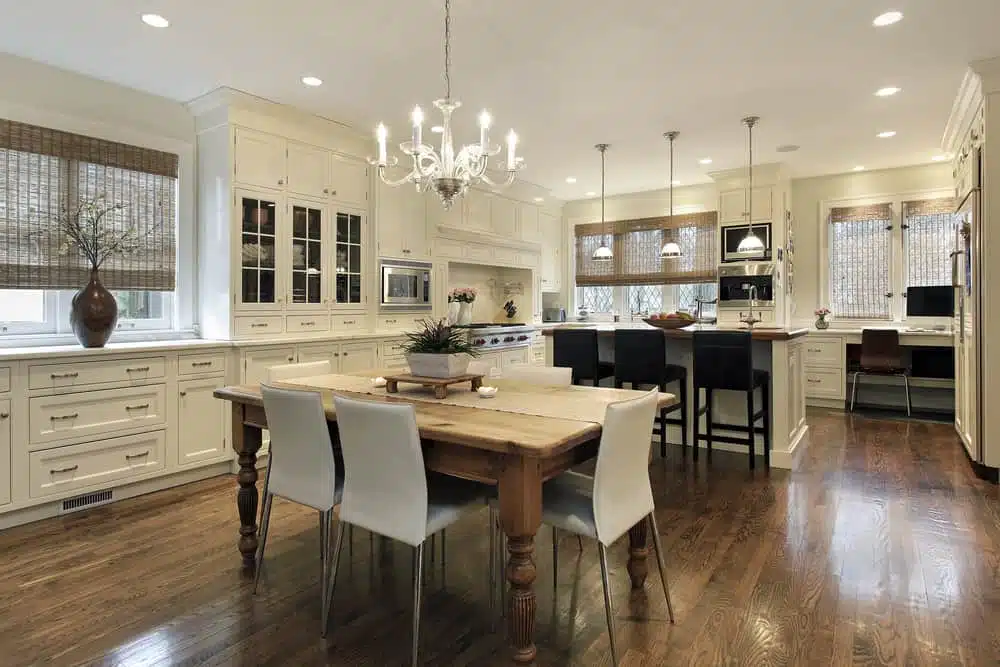White comes in many different shades, and the one you choose will play a role in the overall look and feel of the room. Whites usually have undertones that can range from blues to tans to yellows or pinks. Take a look at factors that you should consider so that you choose the right shade of white when you are painting.
-
Consider the Light in the Room
The first thing you should do is consider how much light you have in the room. Look at the windows and determine how bright the room is during the day. If you are painting a bright sunny room, you can use a brighter cool tone of white, while darker rooms that don’t get a lot of natural light favor warmer whites with undertones of beige, yellow, or red. Make sure that you determine how warm and sunny the room is before you choose the shade of white.
-
Determine the Feeling You Want the Room to Have
When you are painting a room white, you need to decide what feeling you want the room to have. If you are looking for a bright room, you can choose cool whites with undertones of blue or gray. This creates a relaxing and calming space, and it will reflect the natural light. If you want to create a cozy space, warm tones of white are a great option. Use whites with undertones of beige or yellow to make an inviting room where people spend time.
-
Choose the Ideal Sheen
Whenever you choose paint, you have options for the sheen or finish. A flat or matte finish is ideal for ceilings. It is a dull finish that does a great job of hiding imperfections. You can also choose an eggshell finish, which is normally used on walls. It is easy to clean and take care of, and it is brighter than flat or matte, but not as shiny as other finishes. Semi-gloss is a shiny finish that is usually used on trim, doors, and molding. There is also a high gloss finish, which is used as an accent paint. The sheen that you choose will have an impact on the way the room feels.
-
Use Undertones That Match Your Decor
The primary difference between shades of white is in the undertones. The white can be diluted with any color, from pinks to blues to greens and yellows. Look at your decor and decide how to tie the room together. If you have blue fabric on your furniture, you might want to use undertones of blue. Make sure that you match the shade of white to the furniture and decor in your room.
-
Narrow Down Your Choices and Test a Few Shades
Once you determine the shade family that you want to use, you should test a few different shades on the wall. Paint always looks a little bit different on the wall, so this will give you a good idea of how it looks in the lighting of your room. You can also see how it ties in with your furniture and decor.

